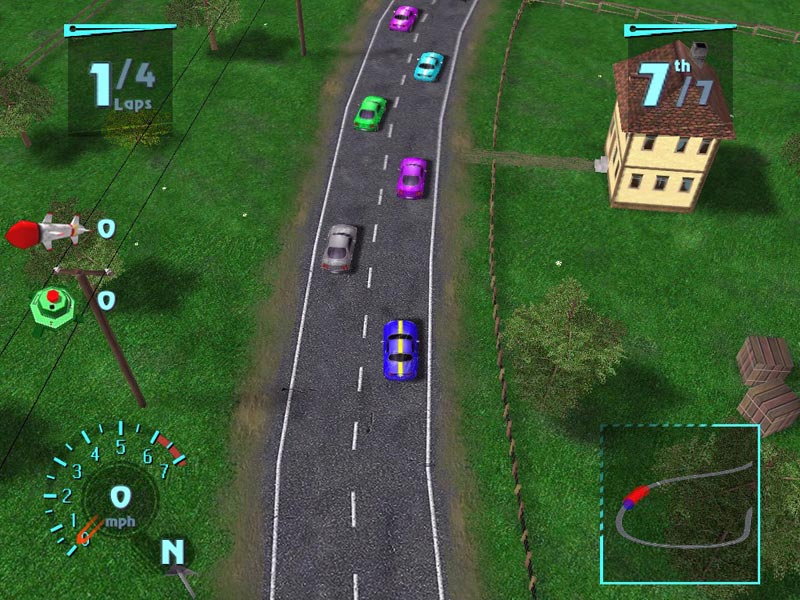
Patients with ascites should be questioned about risk factors for liver disease. Successful treatment is dependent on an accurate diagnosis of the cause of ascites e.g., peritoneal carcinomatosis does not respond to diuretic therapy. 10 In about 15% of patients with ascites, there is a nonhepatic cause of fluid retention. Most patients (approximately 85%) with ascites in the United States have cirrhosis (Table 2). 9 Many patients are referred for liver transplantation after development of ascites. 8 Development of fluid retention in the setting of cirrhosis is an important landmark in the natural history of chronic liver disease: approximately 15% of patients with ascites succumb in 1 year and 44% succumb in 5 years. 7 The pathophysiology of ascites and hepatorenal syndrome have been reviewed elsewhere. 6 Ascites is the most common complication of cirrhosis that leads to hospital admission. 6 Approximately 50% of patients with “compensated” cirrhosis, i.e., without having developed one of these complications, develop ascites during 10 years of observation.

5 Ascites is the most common of the three major complications of cirrhosis the other complications are hepatic encephalopathy and variceal hemorrhage. IntroductionĬirrhosis was the twelfth leading cause of death in the United States, according to a 2006 Vital Statistics Report in which data were collected through 2004. AbbreviationsĪASLD, American Association for the Study of Liver Diseases LDH, lactate dehydrogenase PMN, polymorphonuclear leukocyte SAAG, serum-ascites albumin gradient SBP, spontaneous bacterial peritonitis TIPS, transjugular intrahepatic portasystemic stent-shunt. The search yielded 2115 articles including 153 published since a similar search was performed in 2002 in preparation for writing the previous guideline on ascites.
7 DAYS TO DIE PC DOWNLOAD SPEED 10 MG MANUAL
A manual search of the author's files and recent abstracts was also performed. The search involved only articles published in English and involving humans. Patients with ascites detected only by imaging modalities but not yet clinically evident are excluded because of the lack of published information regarding the natural history of this entity.Ī Medline search from 1966 through 2007 was performed search terms included ascites, hepatorenal syndrome, diet therapy, drug therapy, radiotherapy, surgery, and therapy. Although the general approach may be applicable to children, the pediatric database is much smaller and there may be unanticipated differences between adults and children. These guidelines were developed for the care of adult patients with clinically detectable ascites. To more fully characterize the quality of evidence supporting recommendations, the Practice Guidelines Committee of the AASLD requires a Class (reflecting benefit versus risk) and Level (assessing strength or certainty) of Evidence to be assigned and reported with each recommendation (Table 1, adapted from the American College of Cardiology and the American Heart Association Practice Guidelines 3). Specific recommendations are based on relevant published information. They are intended to be flexible, in contrast to standards of care, which are inflexible policies to be followed in every case.

Intended for use by physicians, these recommendations suggest preferred approaches to the diagnostic, therapeutic, and preventive aspects of care. They are based on the following: (1) formal review and analysis of the recently-published world literature on the topic (Medline search) (2) American College of Physicians Manual for Assessing Health Practices and Designing Practice Guidelines 1 (3) guideline policies, including the AASLD Policy on the Development and Use of Practice Guidelines and the American Gastroenterological Association Policy Statement on Guidelines 2 and (4) the author's decades of experience caring for patients with cirrhosis and ascites.

These recommendations provide a data-supported approach.

This guideline has been approved by the AASLD and represents the position of the Association.


 0 kommentar(er)
0 kommentar(er)
